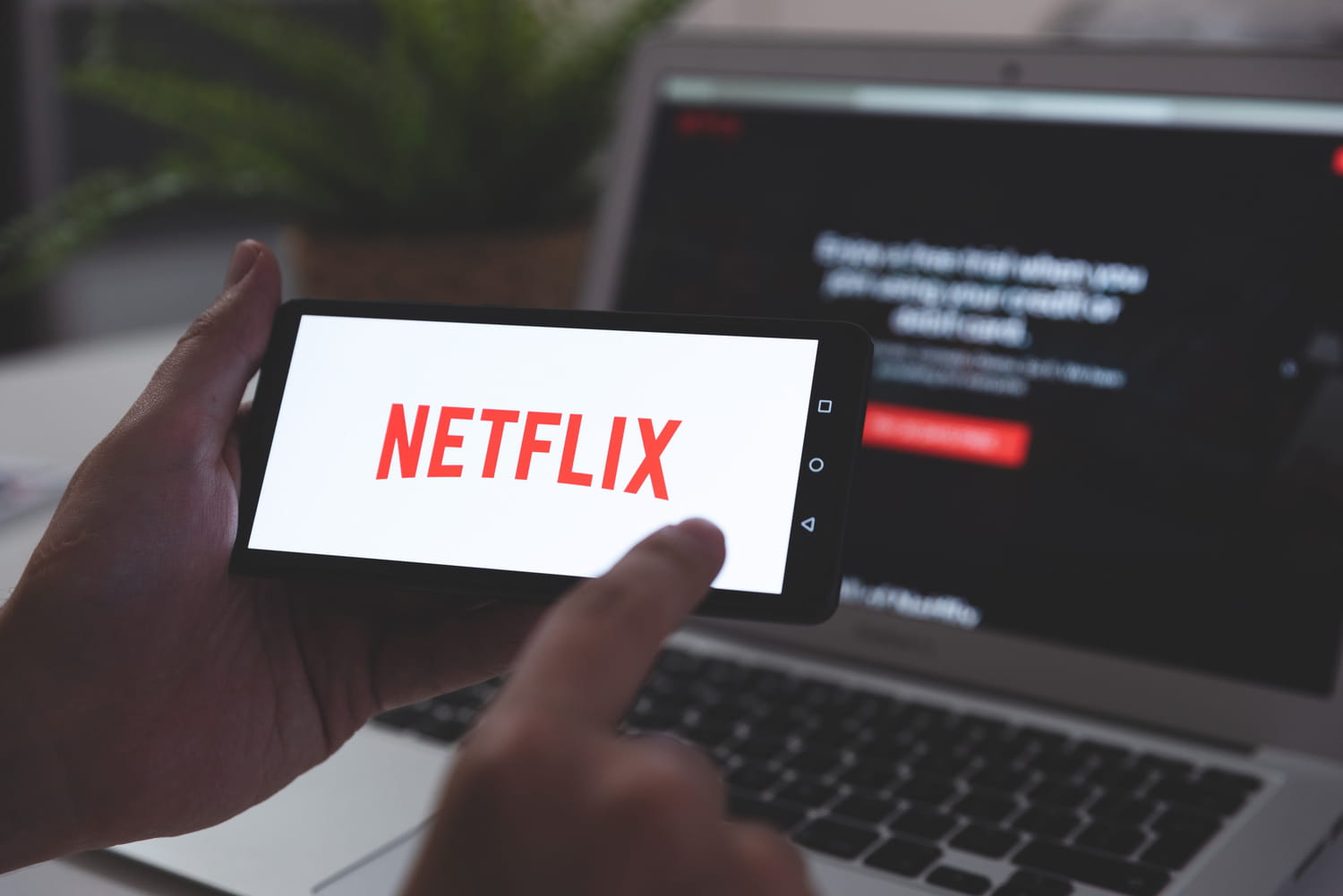You Check Your Bank Balance, A Perfectly Healthy Number, Yet A Gut-Wrenching Dread Creeps in AS You Scroll. A Friend’s Sun-Drenched Holiday in Capri. Another’s Glistening “New Keys” Instagram Story. A Perfectly Styled Creator’s $ 800 Unboxing Haul of Minimalist Luxuries. Suddenly, your own steady, Modest PayCheck FEESS Altmost Laughable, Your Financial Reality Flimsy. This insidious phenomenon has a name: Financial dysmorphia. And for countless millennials and gen z adults, it’s not just an emotional hiccup; It’s BECOMING A DEFING, DEEPLY FELT Anxiety of their Generation-A Quiet Crisis Eroding Self-Worth From The Inside Out.
The Illusion of Lifestyle Abundance
Social Media does not reflect Real Life; It reflects curated abundance. It’s the best Angles, the filtered moments, the Undeniabl Wins – Never the overdraft notices, The Rental Rejections, Or the Raw Exhausation of A Side Hustle. Yet, Young People Relentlessly Compare their Raw, unfiltered Financial Reality to these Dazzling Highlight Reels.
The results? A PERVASIVE Sense that they are failing financialy, not going their fundamentals are weak, but Because their digital peers appear to be soaring. In a culture where lifestyle is increasingly synonymous with identity, that perceived gap feeling agonizingly personnel. It fuel a quiet shade, Even for Those Objectively Managing Their Money Well, Leading to Chronic Stress and Anxiety.
Can Young People Even Afford the Life They’re Sold?
The Harsh Economic Context Compounds This Digital Tension. For gen z and younger millennials, financial instability is not hypothetical; It’s structural. Entry-Level Wages Have Stammated Against Soaring Inflation, Home Ownership is a Distant Dream for many, and adulthood ofen BEBINS BURDENED BY University Debt Or Exorbitant Urban Living Expenses.
Yet online, they are relentlessly bombed with content that glorifies soft luxury, frequent global travel, designer minimalism, or the “clean girl aesthetic” – all with substantial Price tags. This constant exposure subtly shifts the baseline of “normal.” A Simple Coffee Or Basic Outfit Starts To Feel Insuff., Driving A Powerful Urge to Consume.
WORSE, many are financing thesis Performative Aesthetics with Easily Accessible Credit Card Debt, Unregulated Bnpl (Buy Now, Pay Later) Services Like Klarna, Or Even PayDay Loans, Just To Match the Illusion. This isn’t about survival; It’s about fitting into a lifestyle algorithmically positioned as the standard. In the UK, 63% of Millennials and 56% of gen z Have used bnpl, Often Accumulating Hidden Debt and Late Fees.
Is this generation – or algorithmically engineered?
Older Generations Might Argue That Comparison is Nothing New. And they’re not wrong -social pressure existed long before smartphones. But the Sheer Scale, Speed, and Algorithmic Intimacy of Social Media Have Radicalally Intensified the Experience. Boomers Weren’t Exposed to Thousands of Peers’ Seemingly Perfect Lifestyle Every Day in Real Time. Gen x Didn’t Have Tiktok Influencers Delivering Daily, Personalized Reminder of What They “Could Have” If They Were “Doing Better.”
What’s Different Now is the Digital Closess, Coupled with a Deliberate Design. We don’t just see Celebrities Living Lavishly; We See People Just like usOur Age, in our cities, Seemingly Thriving. The Illusion Becomes Chillingly Believable. This is not passive Envy; It’s an algorithm designed To identify our Financial InSecurities and Relentlessly Feed Us Images of What We’re Missing, Keeping Us Hooked and Consuming. The Discontent Bomes More Immediate, More Deeply Personal, and Far More Pervasive.
Related: What it real costs to Live like a Billionaire
What’s the real cost?
At its core, financial dysmorphia isn’t just about money; It’s a Profound Crisis of Identity and Self-Worth. If Success is Predominantly Framed Visually, then Having Less Becomes a Silent, Corrosive Shame. In that shade, Young People Often Overlook their Actual Achievements: Managing Bills, Diligently Building Careers, Staying Out of Crippling Deb, Or Simply Saving Anything at All.
Thesis aren’t failures – they’re substantial accomplishments. But Because they don’t “look” Impressive on Instagram, they don’t do feel Impressive Either. This Distorted Sense of Lack Leads to Chronic Anxiety, Spirals of Overspending, and the Deferral of Meaningful Life Decisions Like Starting A Family Or Buying A Home. It Starves Genuine Financial Growth, Undermines Gratude, and Replaces Financial Realism with performative consumption. If you feel broke in A World of Curated WEALTH, What’s the Long-Term cost to your self-esteem, your mental health, and your true financial freedom—even if your bank balance saying?
Reclaiming Financial Reality
WE MUST Urgently Recalibrate Our Expectations and Redefine Success Outside the Relentless Scroll. That starts with radical transparency – talking honestly about money, Debt, Rent, and the Messy Reality of Personal Finance. Seek Out and Follow Creators Who Prioritice Genuine Financial Education and Realistic Goal Setting Over Unattainable Lifestyle. More crucialy, it Means Actively Curating Our Digital Diets and Reminding Ourselves That No Algorithm Should Dictate Our Financial Self-Worth.
Financial dysmorphia is not a weakness; It’s a potent symptom of a System Built on Algorithmically Engineered Comparison. The fix isn’t more Spending or a Desperate Sprint to “Keep up.” It’s more awareness, more truth, and more decisive control over what we consume – and what we allow to shape how we feel about where we truly are. It’s time to Build wealth that Feels Real, not just looks good on a screen.
Related: How Social Media Algorithms Control Our Mental Well-Burg
Related: Should Political Leaders and Governments Manage their Own Social Media?








